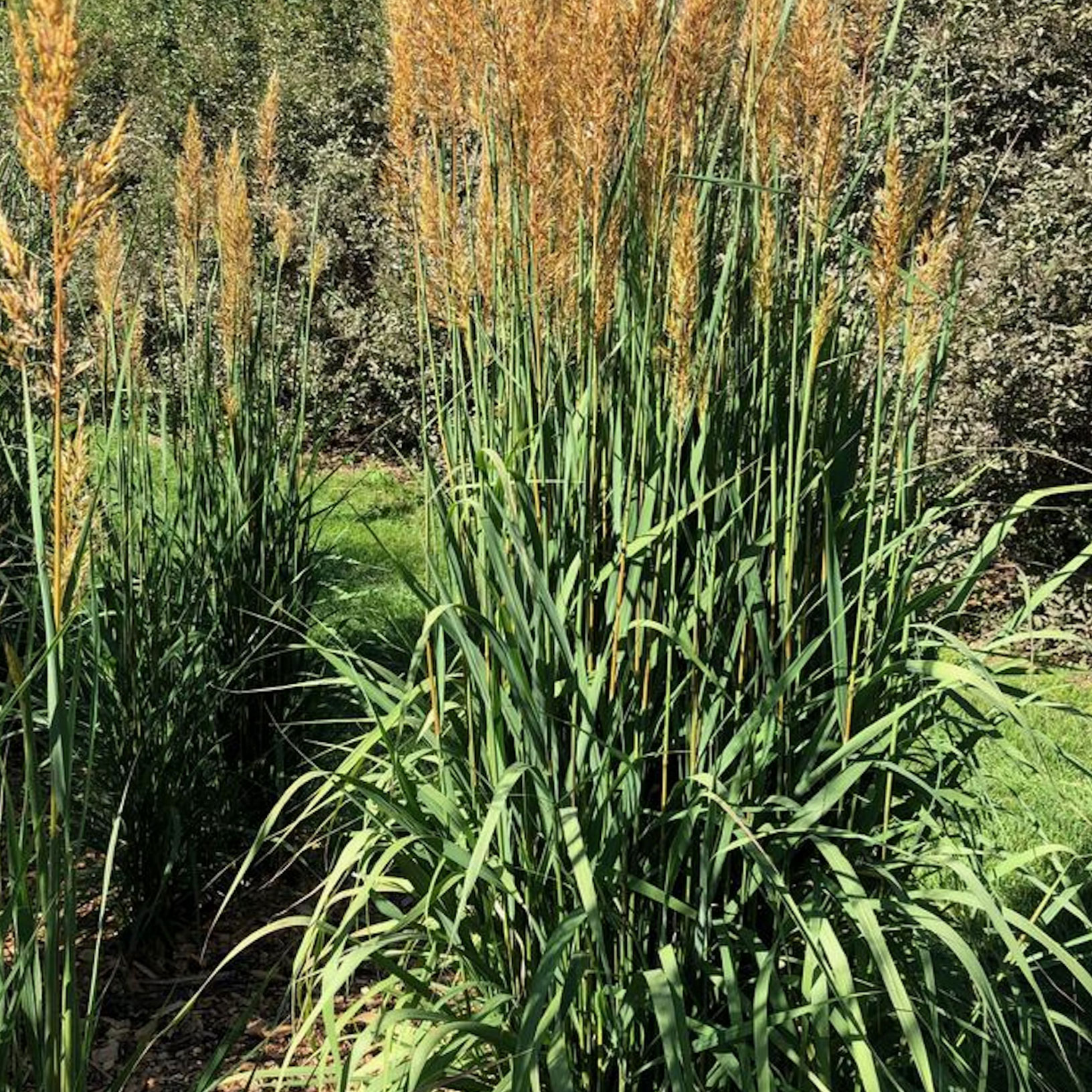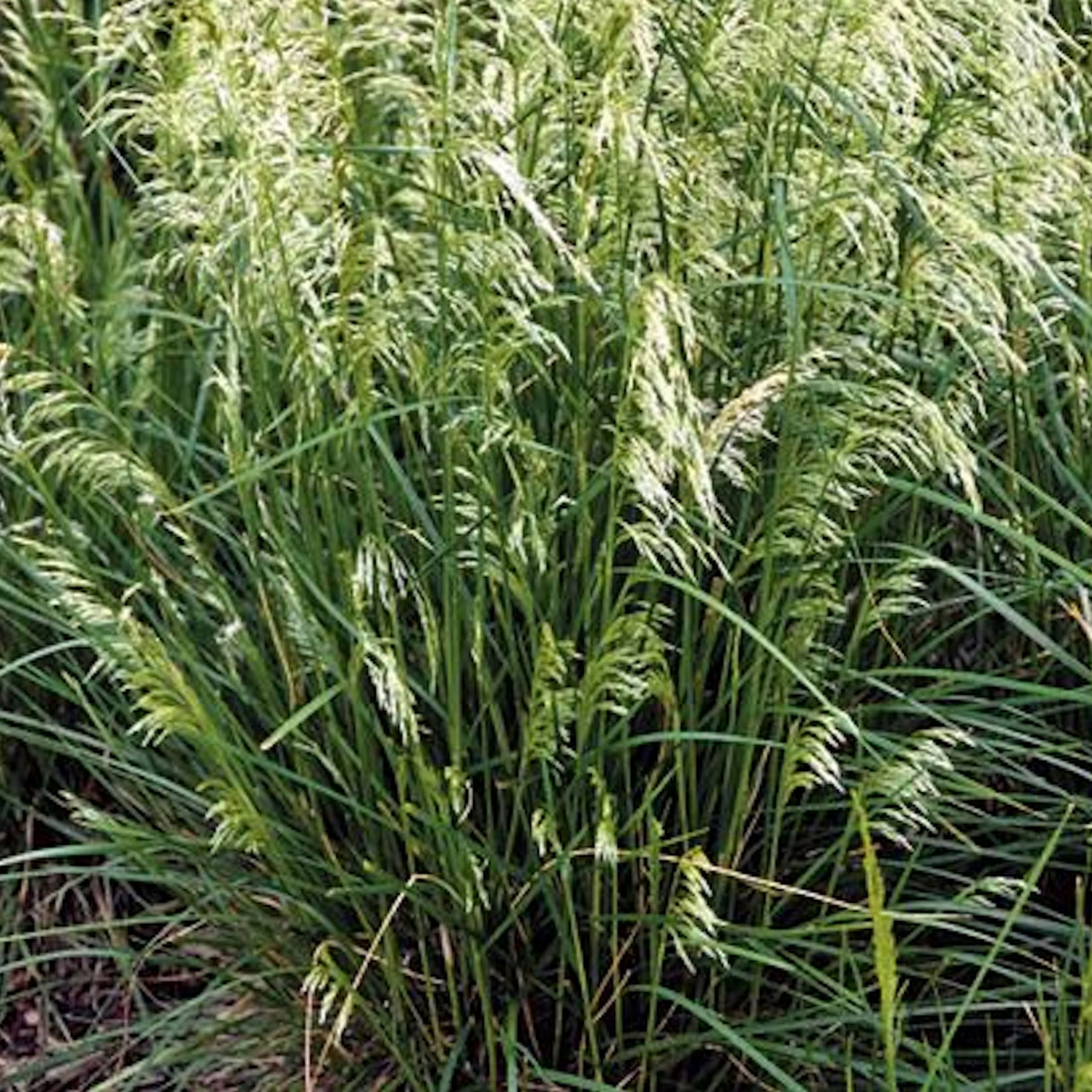Unique Ornamental Native Grasses: 7 Decorative Natives For Structure And Style
Textured grass is an easy way to amplify garden dynamics, but not all grasses are suited to every region. Try one of these ornamental native grasses for the perfect feathery fit
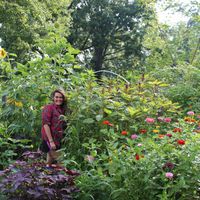
Amy Draiss
Ornamental native grasses can prove to be ideal for use in your home landscape. Adapted to a wide range of conditions, most ornamental grass species will grow well, requiring only little care from you. Plants can be used in containers, mixed borders, or used as hedges and privacy screens. Identifying native grasses that grow best in your own yard requires some careful research. Below, we’ll explore some of the most popular and unique native American grasses and their characteristics.
Choosing the Best Ornamental Native Grasses for Your Garden
Ornamental grasses can vary greatly from one species to the next. Size, form and overall growth habit will all help you determine which ornamental grass plant is a good fit for the garden. This is especially true of native types, which often demonstrate an improved tolerance to insect pressure and disease. When growing ornamental grasses, local species thrive where conditions for growth are ideal, and they support local wildlife and the backyard’s ecosystem.
1. Indian Grass
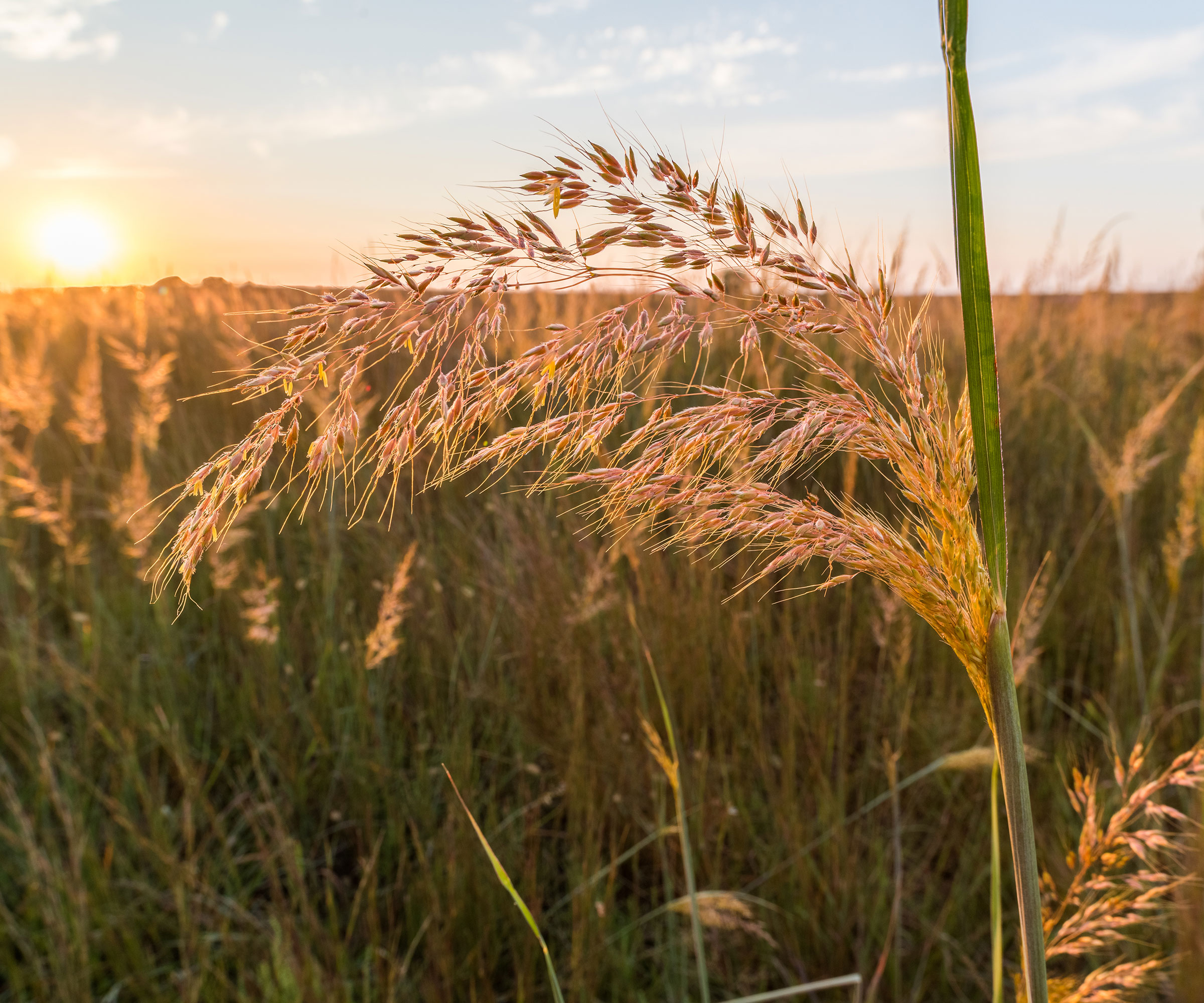
Like many taller species, these unique ornamental grasses add height and drama to a yard or garden bed. Indian grass (Sorghastrum nutans) sets its seed early. Over time, Indian grass plants will develop a notable warm, bronze hue. Though the grass may spread where conditions are ideal, growers seldom find it to be aggressive or invasive. Indian grass is further praised for its hardiness, adaptability and resistance to disease. Plants are hardy to USDA zones 3-9.
2. Big Bluestem
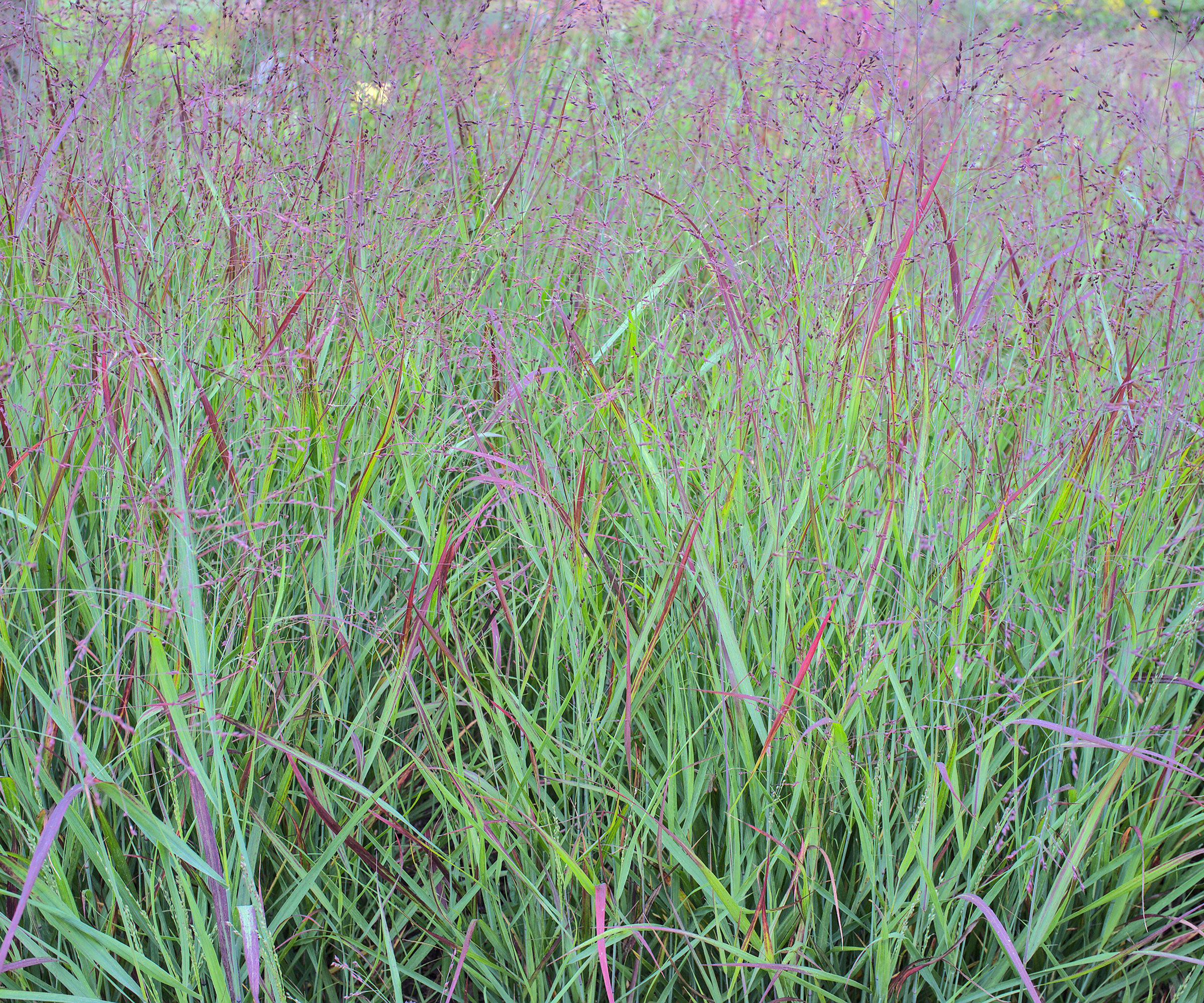
Known for its use within prairies and meadows, big bluestem (Andropogon gerardii) is a good choice for gardeners in search of tall, colorful foliage. As weather cools in autumn, big bluestem growers can expect beds filled with vibrant shades of copper, red, and orange. Plants should be trimmed routinely as a means to maintain a tidy, compact form. Big bluestem grass is hardy to USDA zones 3-9.
3. Blue Fescue

Blue fescue (Festuca ovina glauca) grasses are among the most popular species used in the landscape. Plants are especially attractive when the weather is cool, often performing best in spring and early autumn. Its low, mounding habit makes blue fescue ideal for use as a groundcover or as bedding within mixed borders. Hardy fescue is known to thrive when planted in rock gardens and containers, as well. Plants are hardy to USDA zones 4-8.
4. Muhly Grass
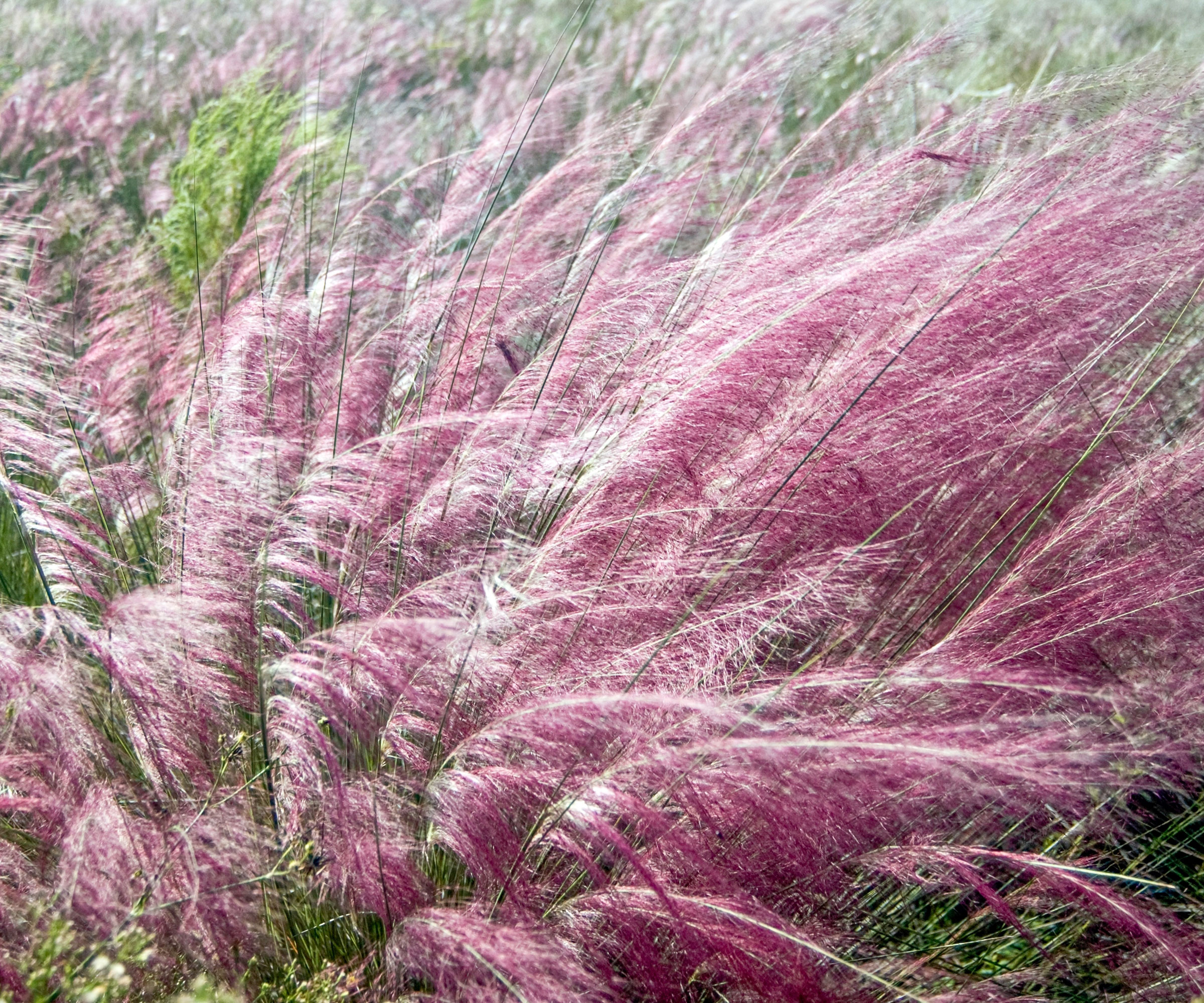
A true show-stopper among ornamentals, gardeners are certain to delight in the color and appeal of muhly grass. As cooler weather approaches in fall, each of the plant’s plumes will take on an ethereal pink hue. Large plantings of muhly grass are especially attractive, as beds will seemingly glow with color. Muhly grass is generally considered easy to grow, as it native to much of the eastern United States. Plants are hardy to USDA zones 5-11.
5. Prairie Dropseed
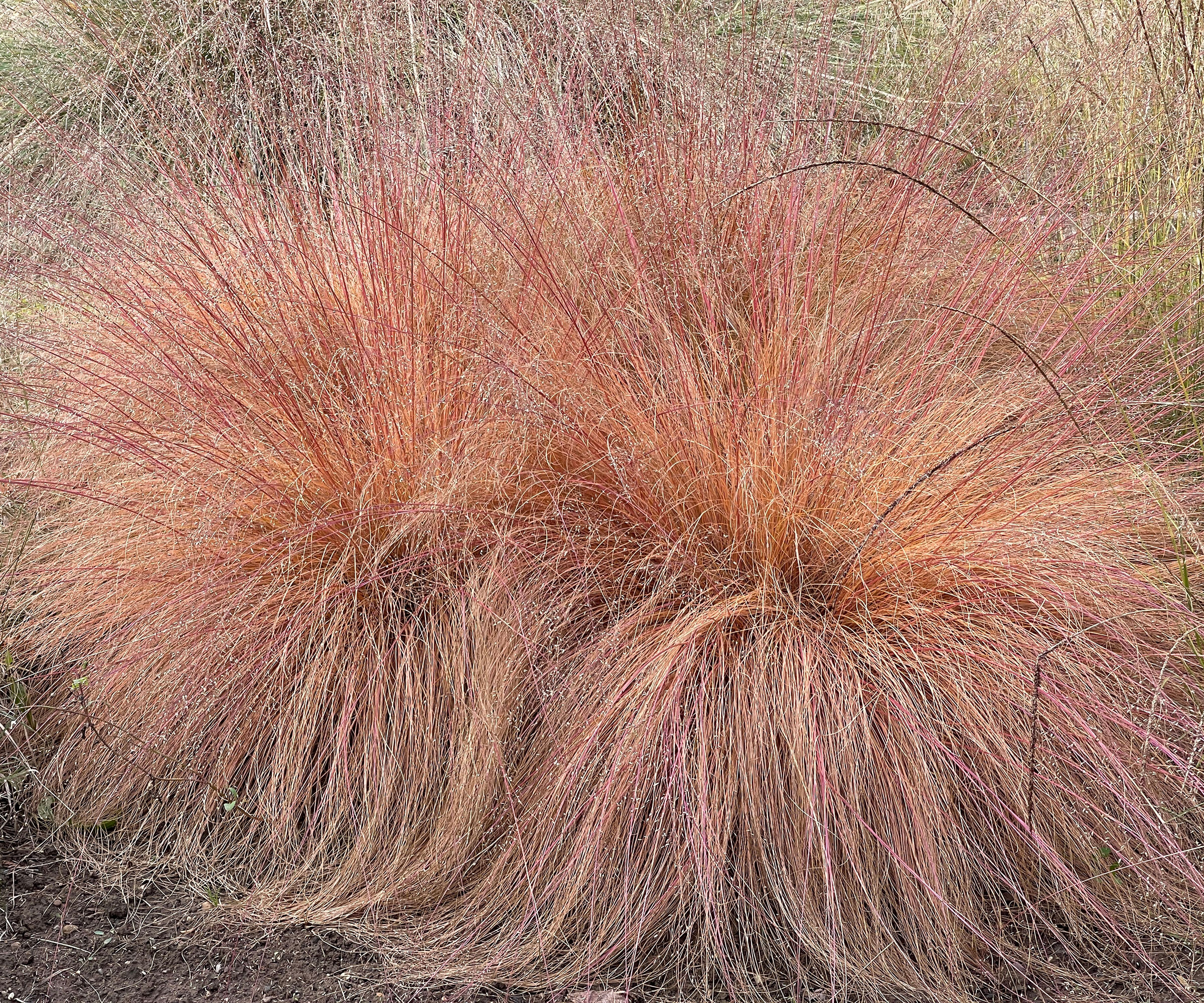
Prairie dropseed (Sporobolus heterolepis) is most commonly planted amongst established perennials. Delicate foliage is used to add a light, airy appearance to beds. Plants add further interest to the growing space with their unique fragrance and fall color. As prairie dropseed plants play host to several species of butterflies and moths, their addition to the landscape can help to restore the garden ecosystem and improve its overall health. Plants are hardy to USDA zones 3-8.
Sign up for the Gardening Know How newsletter today and receive a free copy of our e-book "How to Grow Delicious Tomatoes".
6. Switchgrass
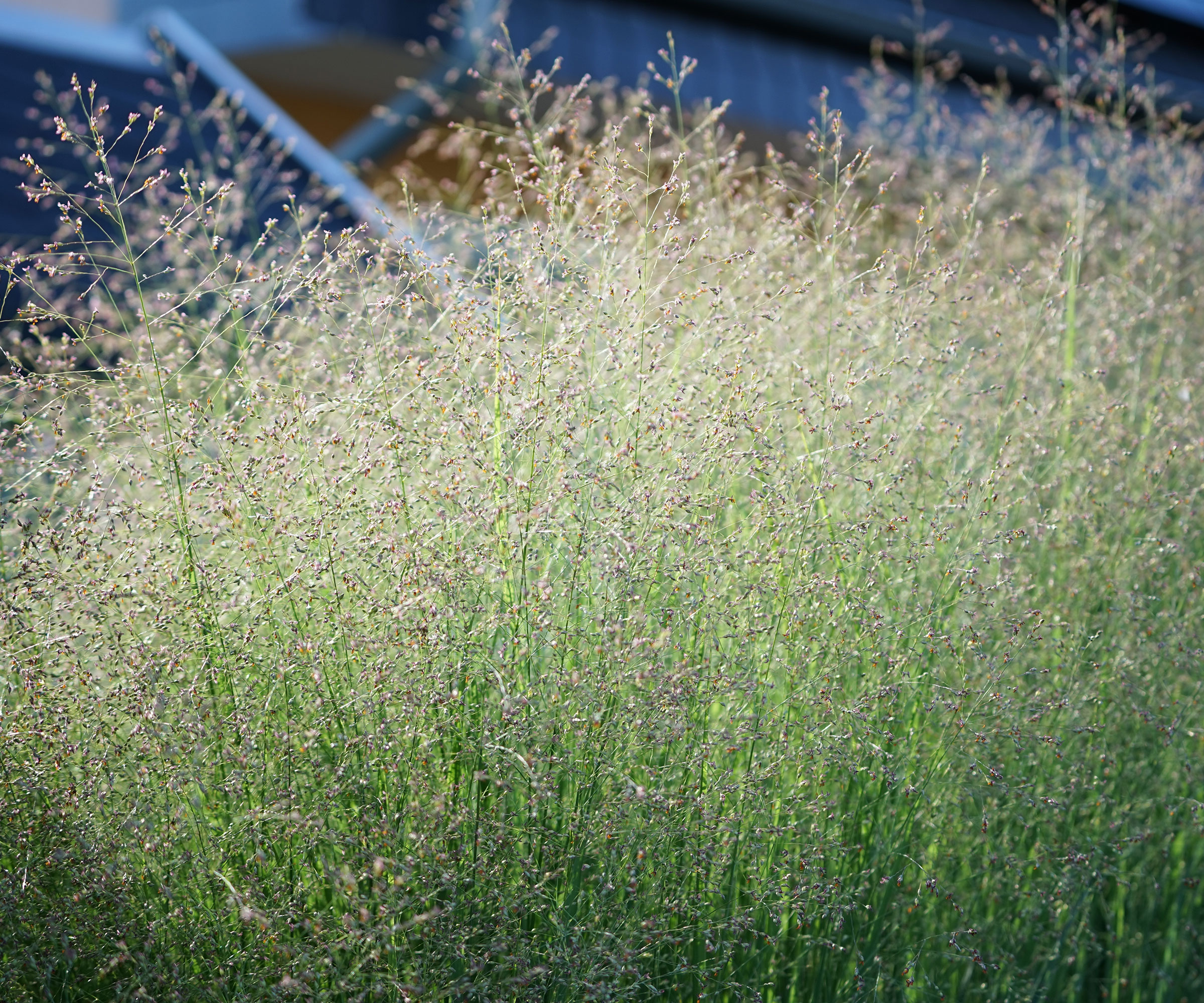
Another popular choice for meadows and naturalized spaces, switchgrass (Panicum virgatum) plays an important role in the creation of wildlife habitat. Established plantings of switchgrass serve as an invaluable source of food and shelter for birds and an array of small mammals. Plants are hardy to USDA zones 3-10.
7. Tufted Hairgrass
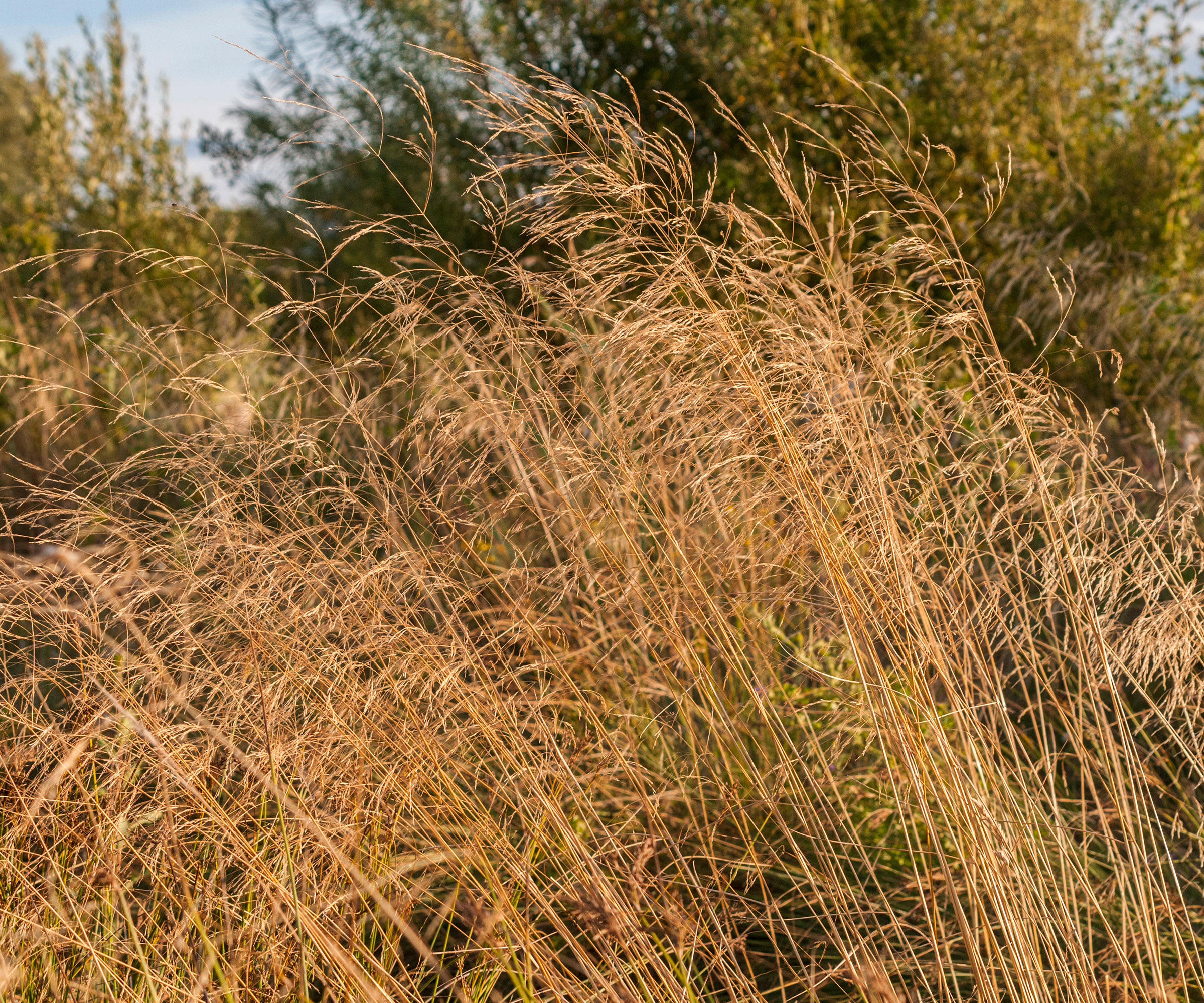
Known for its airy appearance, tufted hairgrass (Deschampsia cespitosa) can add elegance and sophistication to most any ornamental bed. Large plumes can be used as a focal flower or to draw the eye through the landscape. Plants are especially striking when arranged en masse or as an accent to pollinator gardens. Tufted hairgrass is hardy to USDA zones 4-8.
Frequently Asked Questions
Which Native Ornamental Grasses are Invasive?
Most native grasses are not considered to be invasive. Still, consulting invasive grass species and noxious weed lists can help to guide gardeners in the planning of new beds. Local agricultural extension agents can also aid in the decision-making process, ensuring that each selected species is well-suited in growth in one’s own region.
What are the Disadvantages to Growing Native Grasses?
Though the decision to grow native species of plants is preferred by most, there are some drawbacks. Native plant types have specific needs, and what is suitable for one region will not be right for another. Before growing, make sure your native grass selection is a good fit for your area. Making certain that these conditions for growth have been met will be imperative.
This article features products available from third party vendors on the Gardening Know How Shop.
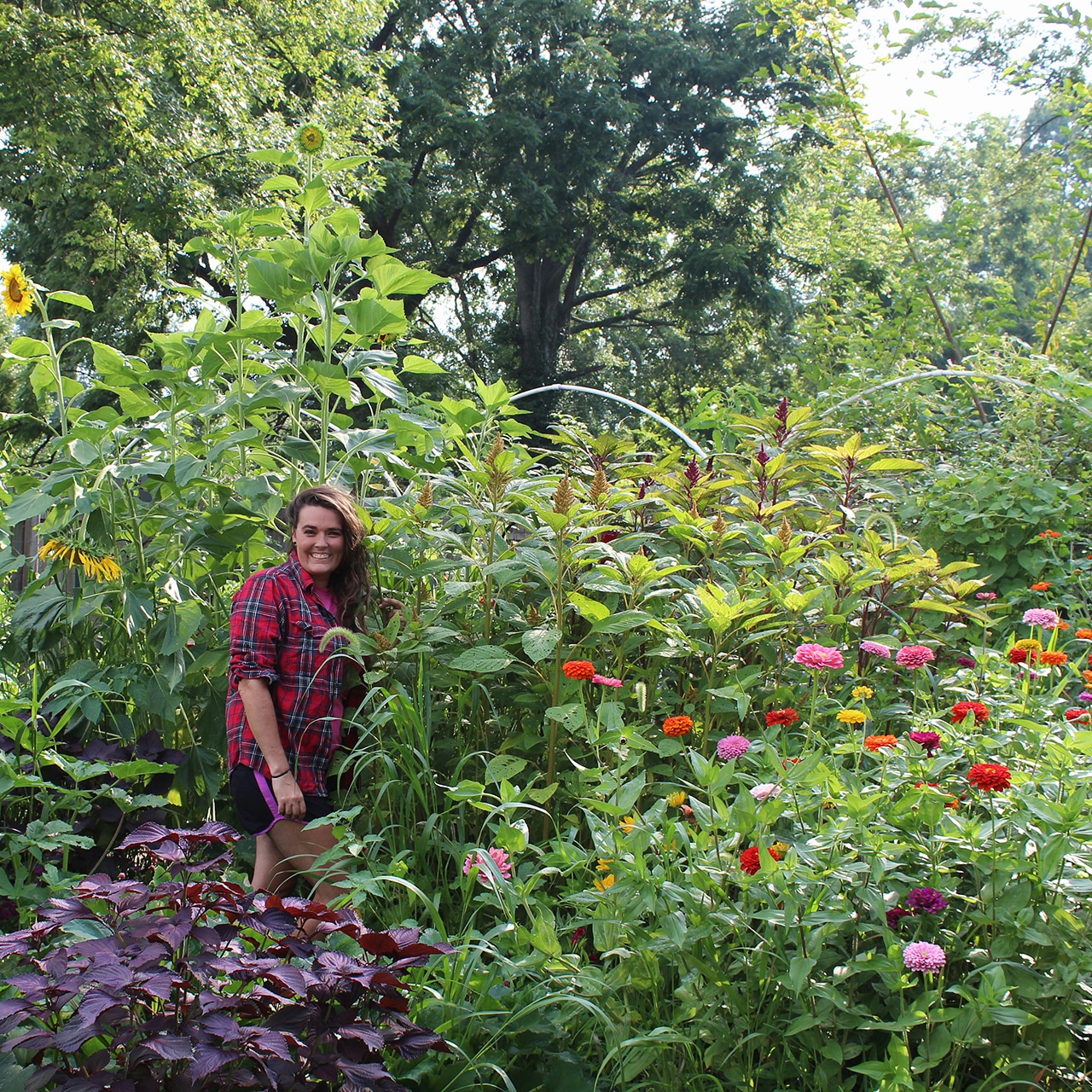
Tonya Barnett has been gardening for 13 years. Flowers are her passion. She has transformed her backyard into a cut flower garden, which she regularly chronicles on her YouTube channel http://www.youtube.com/@tonyawiththeflowers.
- Amy DraissDigital Community Manager
